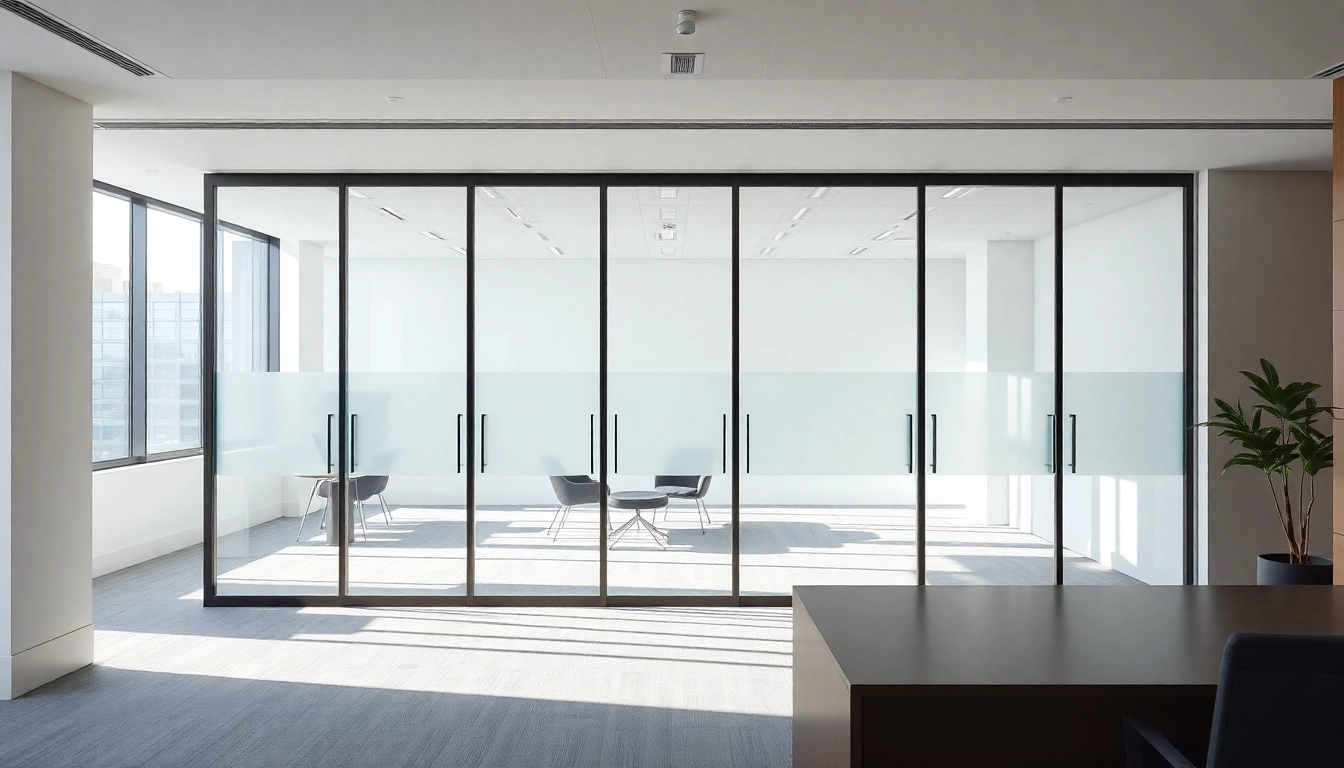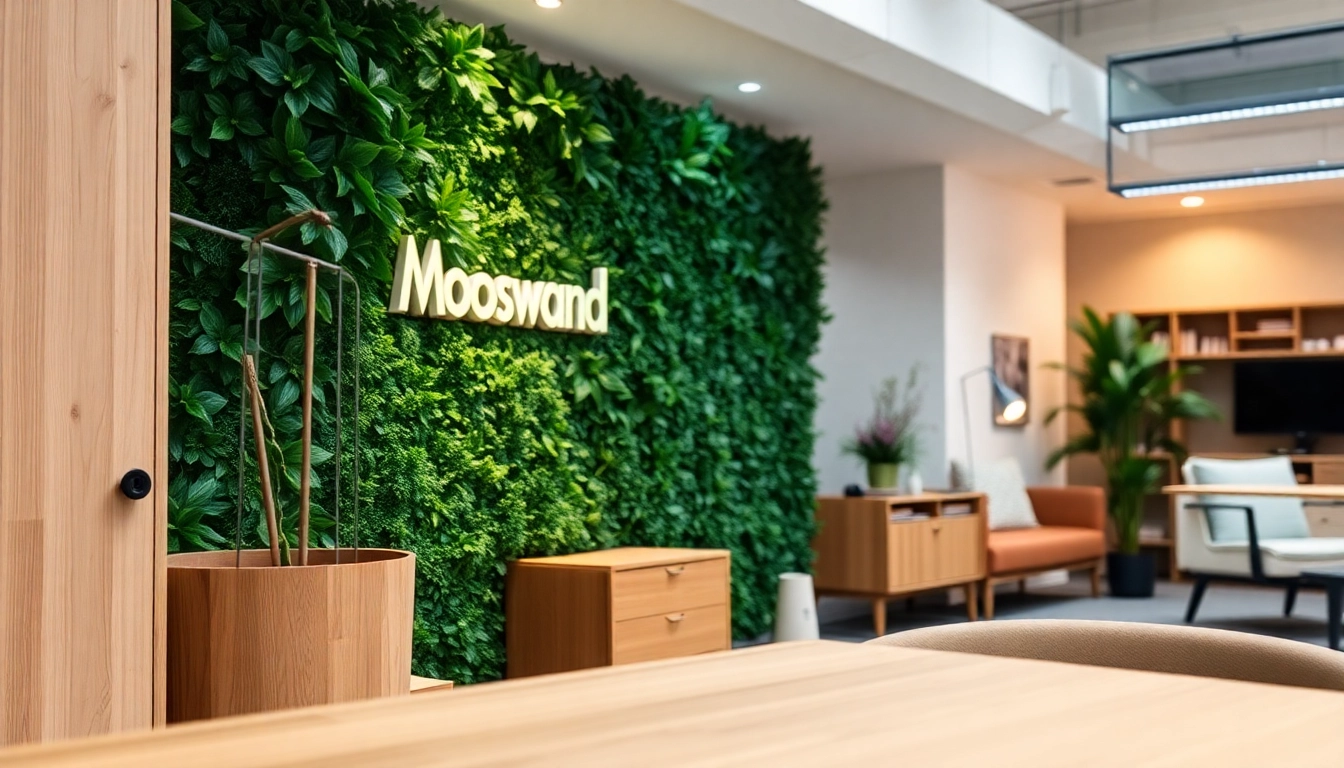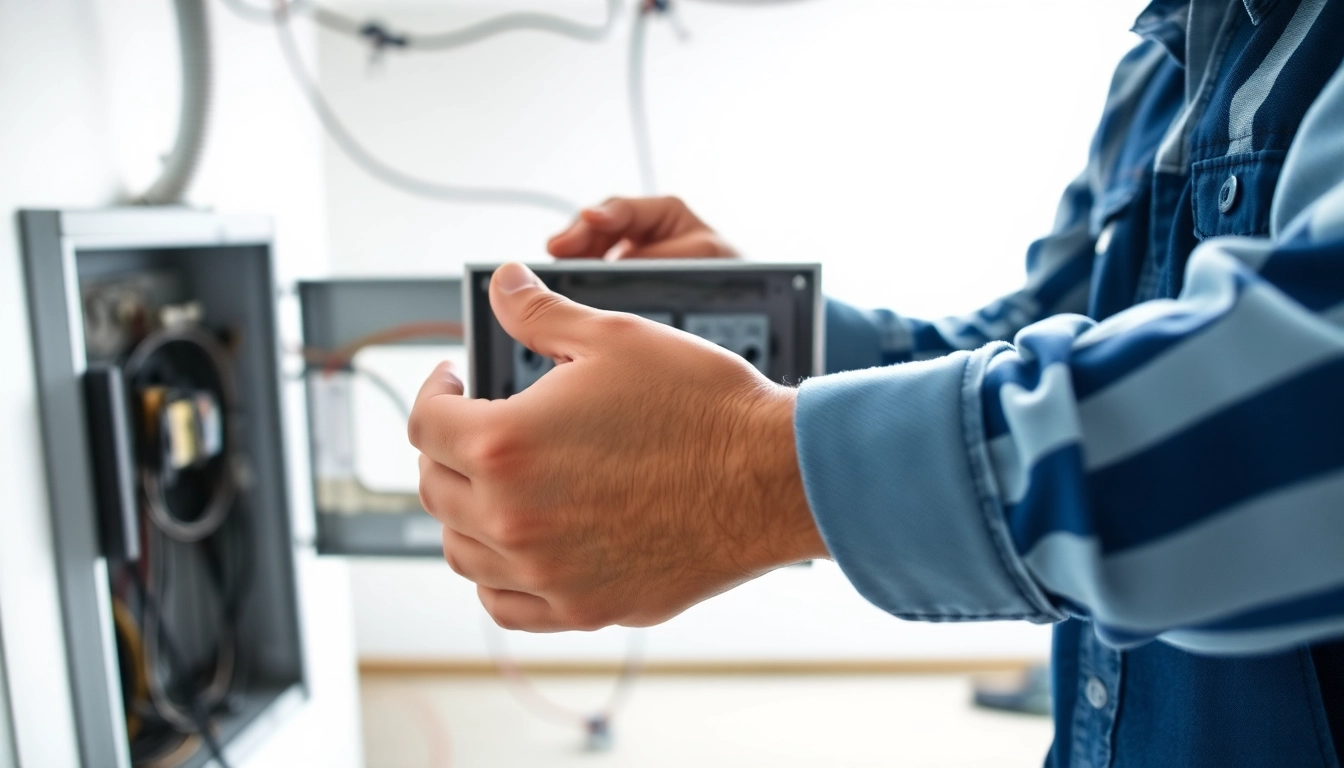Understanding Custom Swimming Pools
The Essence of Custom Pools
Custom swimming pools embody luxury and individuality, allowing homeowners to turn their dreams into reality. Unlike standard pools that adhere to set dimensions and features, custom pools are designed to meet the specific wishes and needs of the homeowner. This personal touch not only enhances the aesthetics of the backyard but also increases the property’s value. When embarking on this journey, it’s crucial to consider various design elements, water features, and integration with the landscape to create a cohesive outdoor space. For those interested in creating a unique aquatic oasis, custom swimming pools serve as the perfect solution.
Benefits of Custom Design
Investing in a custom swimming pool replaces generic designs with tailored elements that reflect personal styles, often resulting in a more visually appealing and functional space. One of the primary benefits is the ability to choose shapes, sizes, and depths that fit the space available, offering possibilities for lap pools, family pools, or serene retreats. Beyond aesthetics, custom pools often feature advanced technologies such as automated cleaning systems, energy-efficient heating solutions, and smart controls that enhance usability and reduce maintenance efforts. Additionally, custom designs can incorporate various features like waterfalls, fountains, and integrated hot tubs, providing an immersive experience.
Common Types of Custom Swimming Pools
When considering types of custom swimming pools, homeowners have several options, each offering distinct advantages:
- In-Ground Pools: These pools are built directly into the ground and are typically crafted from gunite, fiberglass, or vinyl-lined materials. In-ground pools are favored for their durability and versatility in design.
- Above-Ground Pools: While usually less costly than in-ground options, custom above-ground pools can also be designed to reflect the owner’s tastes, often featuring attractive decking and landscaping surrounding them.
- Plunge Pools: Ideal for small spaces, plunge pools are compact but can offer luxurious features like waterfalls and seating, perfect for cooling off or relaxation.
- Natural Pools: These eco-friendly pools use biological filtration systems instead of chemicals, creating a swimming pool that resembles a natural pond. They are becoming increasingly popular for their low environmental impact.
Key Features of Modern Custom Swimming Pools
Incorporating Technology into Pool Design
Today’s custom swimming pools bring a high degree of sophistication with cutting-edge technologies. Homeowners can install automated systems that allow for controlling lighting, water temperature, and filtration through smartphones or tablets. These technologies not only enhance the user experience but also enable significant savings on energy costs. For instance, variable-speed pumps can adjust their operation based on the needs of the pool, resulting in decreased energy consumption. Moreover, the integration of smart heating and cooling systems maintains optimal water conditions throughout the seasons, ensuring that the pool is always ready for use.
Aesthetic Considerations for Custom Pools
An aesthetically pleasing custom pool enhances the overall appeal of a property. To achieve a harmonious design, it is essential to consider the color, materials, and surrounding landscaping. The choice of pool tiles, finishes, and coping directly impacts the visual impact of the pool. Natural stone and glass tiles can create luxurious looks, while colored aggregates can add a unique touch. Furthermore, lighting plays a pivotal role in enhancing the ambiance of the pool area during the night, with options ranging from underwater LED lights to surrounding landscape lighting.
Sustainable and Eco-Friendly Pool Options
As sustainability becomes increasingly paramount, eco-friendly pool options are gaining traction. Pools can be designed to work with the environment rather than against it. Eco-friendly pools utilize energy-efficient pumps, solar heating systems, and natural filtration methods that reduce reliance on chemical treatments. Implementing a rainwater collection system for pool fill can also contribute to water conservation. Additionally, opting for materials sourced sustainably, such as recycled tiles and natural stones, helps minimize the environmental footprint.
Designing Your Perfect Pool Layout
Evaluating Your Backyard Space
The first step in designing a custom pool layout is thoroughly evaluating the available space in your backyard. Factors such as sunlight exposure, existing landscaping, and topography all play significant roles in determining the best pool design. It’s essential to measure the area accurately and consider zoning regulations that may affect the pool’s location. Professional designers can assist in planning the layout by maximizing space while retaining functionality. Careful planning ensures that the pool integrates seamlessly into the existing environment.
Choosing Materials and Finishes
The materials and finishes chosen for a custom swimming pool significantly influence not only the aesthetic but also the longevity and maintenance of the pool. Popular choices for pool interiors include plaster, pebble finishes, and tile. Each material brings its unique texture and visual appeal. Additionally, for decking materials, natural wood, stone, and pavers are often used, each providing different levels of slip resistance and aesthetic qualities. It’s crucial to select materials that not only match your style but also withstand the wear and tear from exposure to water and weather conditions.
Integrating Landscaping with Pool Design
Landscaping is an essential component of custom pool design, as it helps create a cohesive outdoor environment. The integration of plants, trees, and hardscaping features enhances the overall pool experience by providing both aesthetic appeal and functionality, such as privacy and shade. Careful selection of native plants can also minimize water usage and maintenance efforts. Features like rock gardens, pathways, and shaded areas can enhance the beauty of the pool while ensuring that it becomes a harmonious extension of the home’s architecture and the surrounding landscape.
Common Challenges in Custom Pool Development
Budgeting for Your Custom Swimming Pool
Establishing a clear budget is one of the most critical steps when embarking on a custom pool project. Costs can vary significantly based on design complexity, materials, and location. Homeowners should consider not only the upfront construction costs but also ongoing maintenance expenses, such as landscaping, cleaning, and utilities. It’s wise to set a budget that includes a buffer for unexpected expenses. Working closely with a designer or contractor can also help ensure that the project remains within financial parameters while achieving the desired outcome.
Navigating Local Regulations and Permits
Before commencing any pool construction, it’s essential to be aware of local regulations and permit requirements. Each municipality may have specific rules regarding pool dimensions, fencing, and safety standards. Failing to comply can lead to costly delays or fines. Engaging with a licensed contractor familiar with local codes can help navigate these complexities. They can assist in ensuring all necessary permits are obtained and that the construction follows established guidelines, ensuring a smooth and lawful process.
Finding the Right Contractor for Your Project
The success of a custom swimming pool project greatly relies on choosing the right contractor. Homeowners should prioritize experience, reputation, and communication abilities when selecting a pool builder. Conducting interviews, checking references, and reviewing past projects can provide insight into the contractor’s capabilities. It’s also essential for the contractor to understand the homeowner’s vision and work collaboratively to achieve it. By establishing clear expectations and maintaining open lines of communication throughout the project, homeowners can ensure a smoother construction experience.
Maintaining Your Custom Swimming Pool
Essential Pool Maintenance Practices
Proper maintenance is vital for the longevity and performance of custom swimming pools. Regular tasks include ensuring proper water chemistry, cleaning filters, and maintaining the circulation system. Homeowners should routinely test the water for pH, chlorine, and alkalinity levels, adjusting them as necessary to prevent issues like algae growth or corrosion. Additionally, skimming debris, vacuuming the pool floor, and brushing tile lines should be performed weekly or bi-weekly, depending on pool usage. Following a consistent maintenance routine helps keep the pool safe, clean, and visually appealing.
Seasonal Care Tips for Your Custom Pool
Seasonal changes bring specific maintenance requirements to custom swimming pools. In warmer months, regular monitoring of water quality and chemical levels is essential as pool usage increases. Conversely, fall and winter months often require the pool to be winterized, particularly in colder climates. This involves cleaning, lowering the water level, and covering the pool to prevent debris accumulation. Homeowners should also consider freeze protection measures for plumbing and equipment to avoid damage. Understanding the specific needs of the pool through the seasons can help maintain its condition and performance over years.
Upgrading Features for Longevity and Performance
As technology evolves, upgrading pool features can enhance the longevity and performance of a custom swimming pool. Options such as energy-efficient pumps, LED lighting, and automated cleaning systems not only improve usability but can also reduce operating costs. Regularly assessing and updating pool equipment ensures that the pool operates smoothly and can reduce long-term maintenance expenses. Staying informed about new products and improvements in pool technology allows homeowners to make proactive upgrades that enhance their pool experience.



